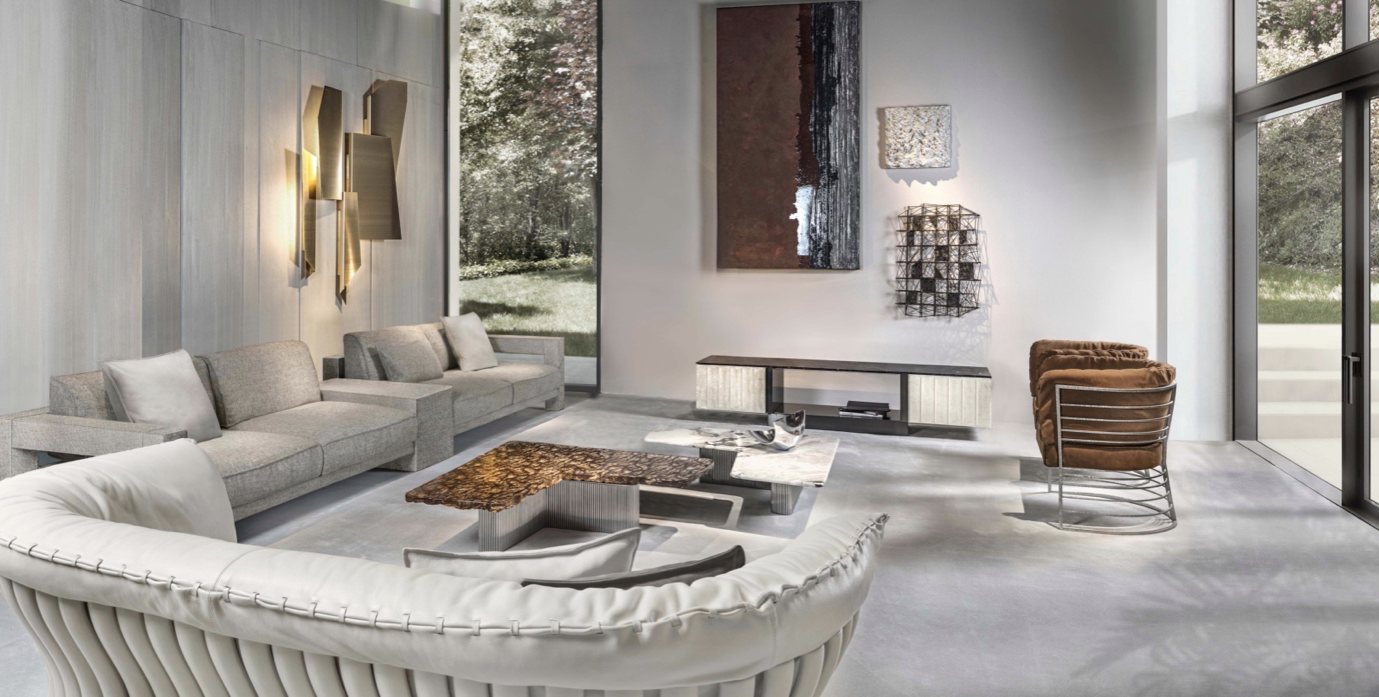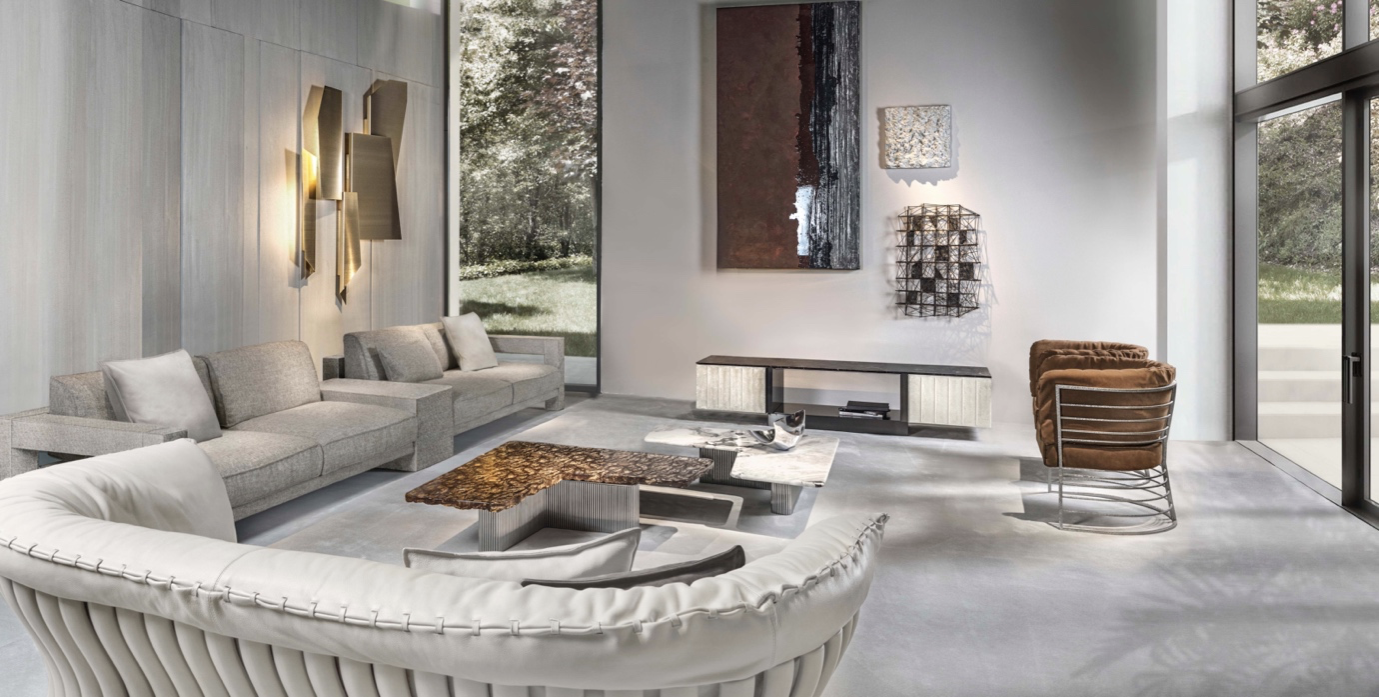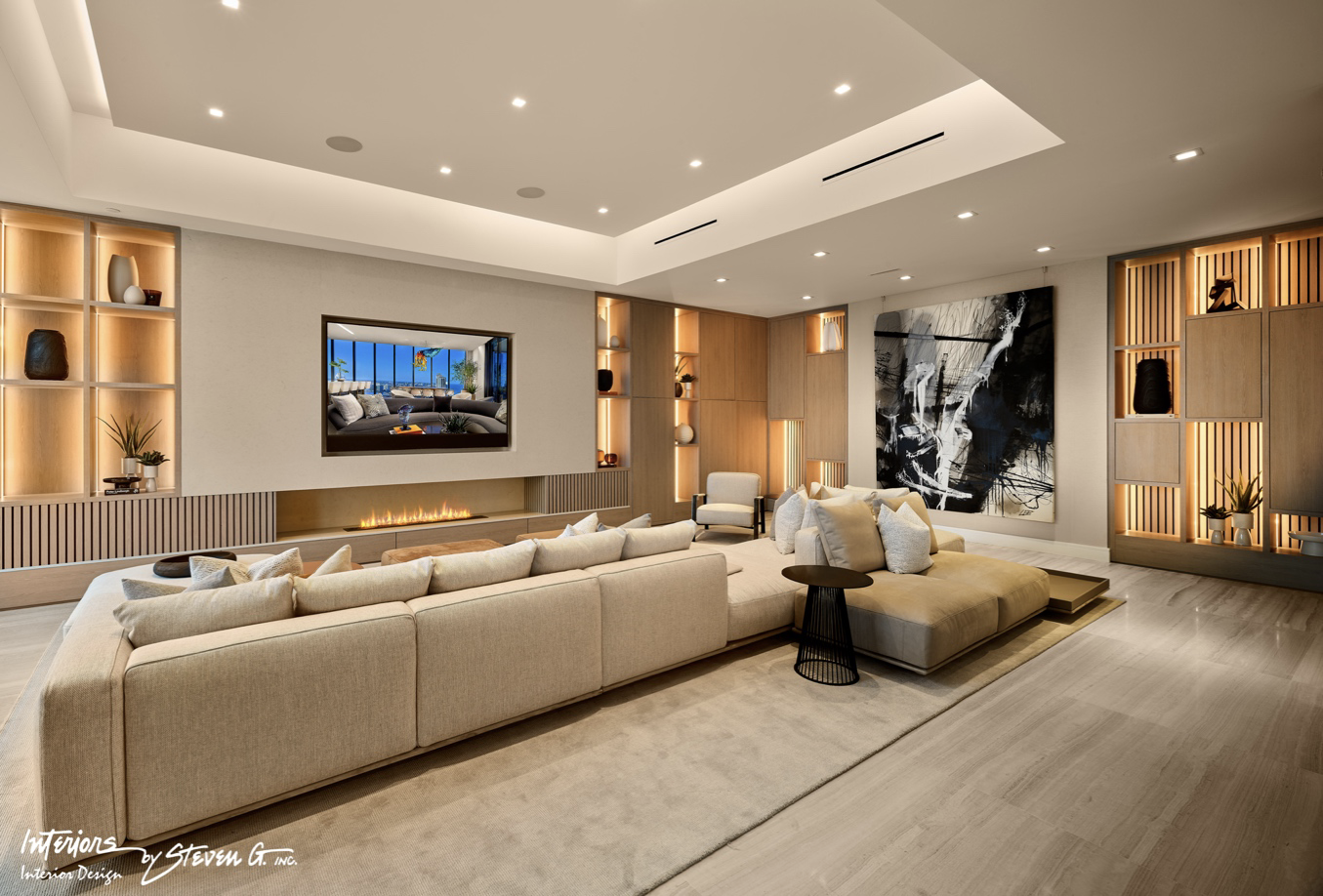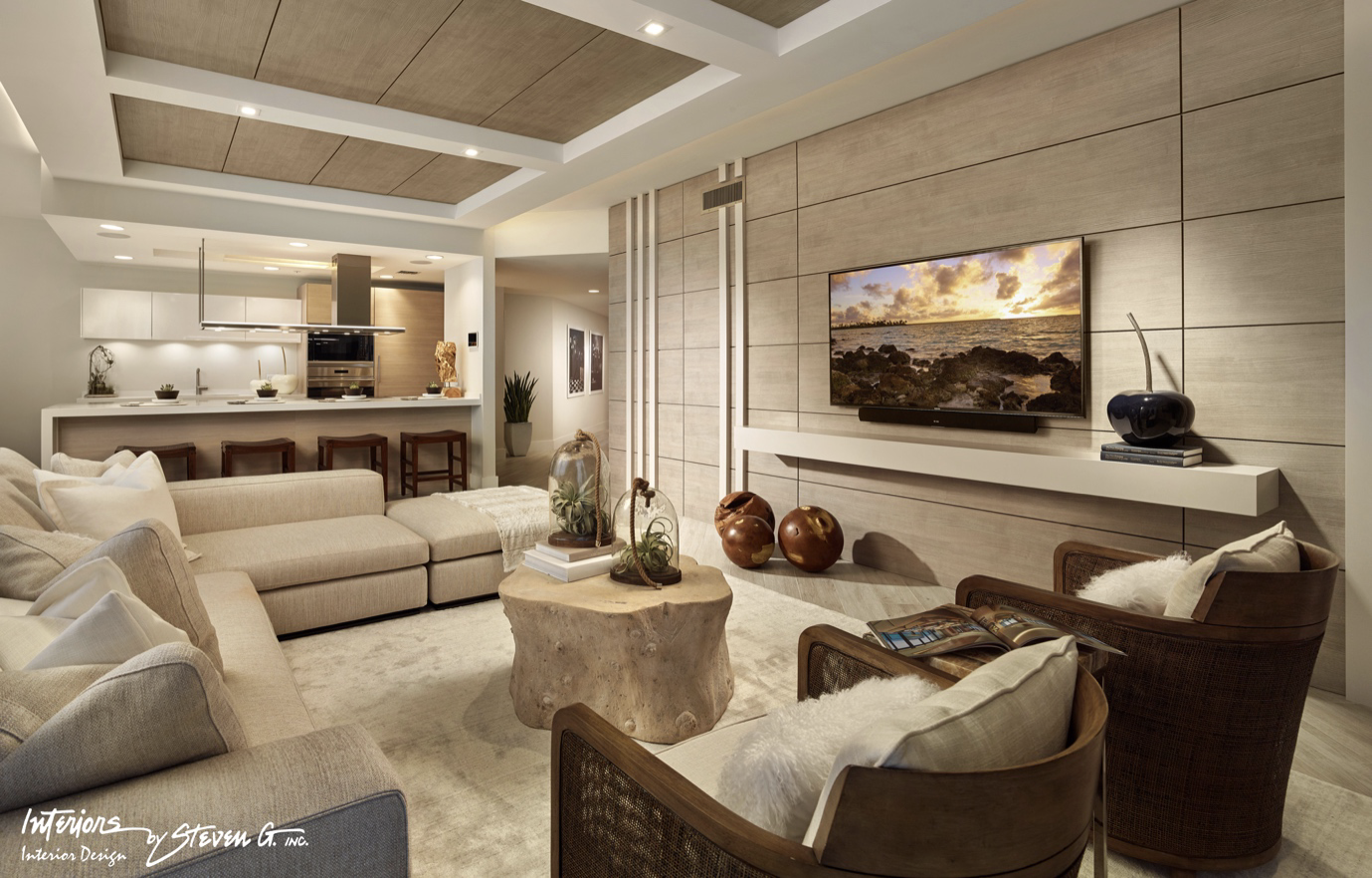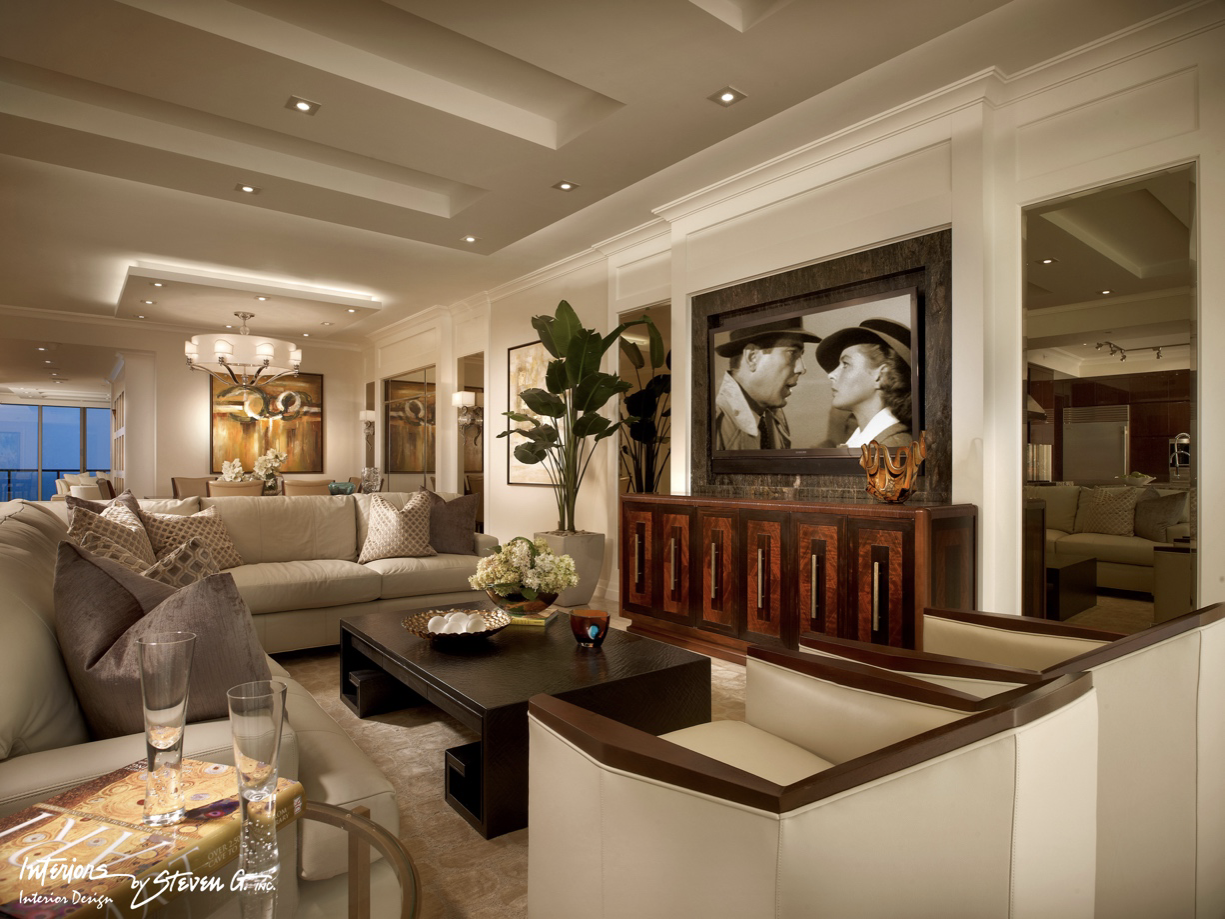A Brief History of Wallpaper and How To Incorporate It Into Your Luxury Interior Design
Luxury interior design incorporates many different elements, from lighting to wallpaper. Wallpaper has been around for centuries and can be used to enhance the feeling of luxury in your home or business. Here is a brief history of wallpaper and how our designers at Interiors by Steven G. incorporate it into luxury interior design projects:
The History of Wallpaper
Emerging in the 16th century, the earliest forms of wallpaper were used in the interiors of cupboards and modest rooms within merchants’ residences. As the 20th century began, wallpaper transitioned from a niche application to a popular home addition. It could be found in grand reception rooms, hallways, kitchens, bathrooms, and bedrooms in homes of varied economic status. This widespread use in the 60s and 70s contributed to a general perception that wallpaper, once unique and celebrated, was a cheap alternative to decorative art. This led to a decline in wallpaper’s quality and popularity. Renowned modern fashion and interior designers have begun to embrace wallpaper again, making it a popular choice for bold interior design projects.
Choose Timeless Patterns and Textures
When selecting wallpaper for a high-end interior, we look for classic patterns and textures that will withstand changing trends. The floral patterns of damask and toile and the subtle textures of linen and silk create a timeless elegance. These wallpaper choices keep interior designs sophisticated and relevant for years. Choosing timeless patterns and textures helps reduce future renovation expenses associated with evolving design and decor trends.
Create Accent Walls
In luxury interior design, less is often more. Instead of covering every wall with bold wallpaper, designers may use it strategically to create accent walls. This approach creates a powerful visual impact without overwhelming the space. Choose an accent wall that serves as a natural focal point in the room. This can be the wall behind a bed or a fireplace. Adding wallpaper to these walls makes a design statement and elevates the entire room’s appearance.
Embrace Nature-Inspired Murals
Nature-inspired wallpapers featuring lush landscapes or botanical patterns can create a sense of tranquility and sophistication in a space. Incorporating a wallpaper mural with a realistic nature scene transforms a room into a serene getaway. Areas intended for relaxation, like bathrooms and spas, can benefit from nature-inspired wallpaper. This design approach adds a touch of luxury to any space and may help homeowners connect the interior with the beauty of the natural world.
Mix and Match Patterns
Mixing and matching wallpaper patterns create a visually stunning and unique interior design. Combine subtle patterns with bold prints or experiment with different textures to create a luxurious tapestry on your walls. Maintaining a complementary color palette is key to an effective pattern combination. This maintains a sense of harmony within the array of patterns. Our team of designers will help you choose patterns that work well together and identify which area of your home to place them.
Choose Customized Designs
In luxury interior design, individuality is a top priority. We can help you create and order custom-designed wallpapers that reflect your unique style. Collaborate with talented artists or wallpaper designers to develop a blend of artwork that resonates with your personal taste. Our design team will help make sure that these custom designs complement the overall design plans for the space.
Use Unconventional Wallpaper Placement
Collaborate with designers to discover unconventional ways to use wallpaper in your home or business. One of these ways is to extend the impact of wallpaper to the ceiling. Choose a bold pattern or a metallic finish to create a captivating overhead statement. This unconventional approach adds depth and visual interest to a space, transforming the style of the entire room. Your designer may suggest incorporating wallpaper onto select furniture surfaces. This could involve applying wallpaper to the panels of bookshelves, the interiors of cabinets, or the sides of a coffee table. This application is a subtle yet effective way to introduce texture and sophistication to your home or business.
Wallpaper can bring a sense of luxury to private spaces like closets and dressing rooms. Add wallpaper to walk-in wardrobes or dressing rooms to enhance the personalization of these spaces. For a bedroom setting, a designer may use wallpaper to create a customized and visually distinct headboard. This adds a unique focal point in the bedroom, enhancing the sense of luxury in your sleeping area. Functional accent decor pieces like divider screens can be covered in high-quality wallpaper. Adding luxury patterns or textures to these screens helps define spaces and boost overall aesthetic appeal as they become interactive art pieces within the room.
Explore Luxury Interior Design
At Interiors by Steven G., we can elevate your luxury interior design goals by incorporating patterned or textured wallpaper to accent walls and furniture pieces. Interior designers will use complementary textures and patterns throughout your home or business to enhance the space’s aesthetic appeal in a way that aligns with your personal taste. Contact our team today to learn more about our luxury interior design services.



